[ez-toc]
Are you experiencing persistent full-body aches and pains? If so, incorporating a whole-body approach to your routine can provide significant relief.
Rather than focusing on specific areas of discomfort, targeting your entire body through a series of stretches can help alleviate pain and improve overall flexibility.
In this article, we will explore a range of stretches that target different muscle groups, promoting relaxation and reducing discomfort.
So, let’s dive in and discover effective stretches that can help alleviate full-body aches and pains.
Introduction
When your body feels tight and achy, stretching can provide immense relief. A whole-body approach to stretching involves targeting various muscle groups to improve flexibility, release tension, and reduce full-body aches and pains.
By incorporating these stretches into your daily routine, you can experience enhanced well-being and improved quality of life.
Understanding the Benefits of Stretching
Stretching offers a multitude of benefits for the body and mind. Not only does it help increase flexibility, but it also promotes better blood circulation, reduces muscle stiffness, and enhances joint range of motion.
Stretching regularly can also improve posture, alleviate stress, and enhance muscular coordination.
By taking a whole-body approach to stretch, you can experience comprehensive relief and address the root causes of full-body aches and pains.
Precautions Before Starting a Stretching Routine
Before embarking on a stretching routine, it’s essential to keep a few precautions in mind:
- Warm up your body with light cardio exercises to increase blood flow to the muscles.
- Avoid bouncing or jerking movements while stretching, as this can lead to injury.
- Listen to your body and never force a stretch beyond your comfort level.
- If you have any existing medical conditions or injuries, consult with a healthcare professional before starting a new stretching routine.
Upper Body Stretches
Neck and Shoulder Stretches
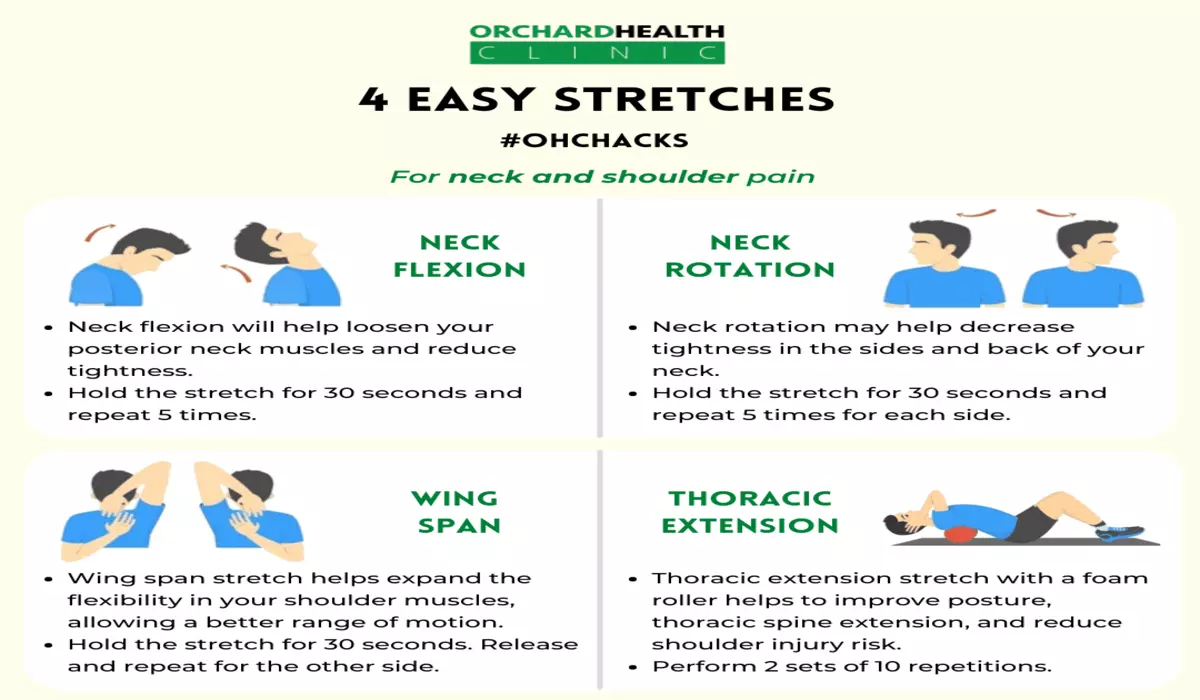
Start by gently tilting your head to one side, bringing your ear closer to your shoulder. Hold this position for 15-30 seconds and then repeat on the other side.
Also Read: Relieving Sciatica Pain: Exercises for Improved Comfort
To stretch your shoulders, interlace your fingers behind your back, straighten your arms, and gently lift them while squeezing your shoulder blades together.
Chest Opener Stretch
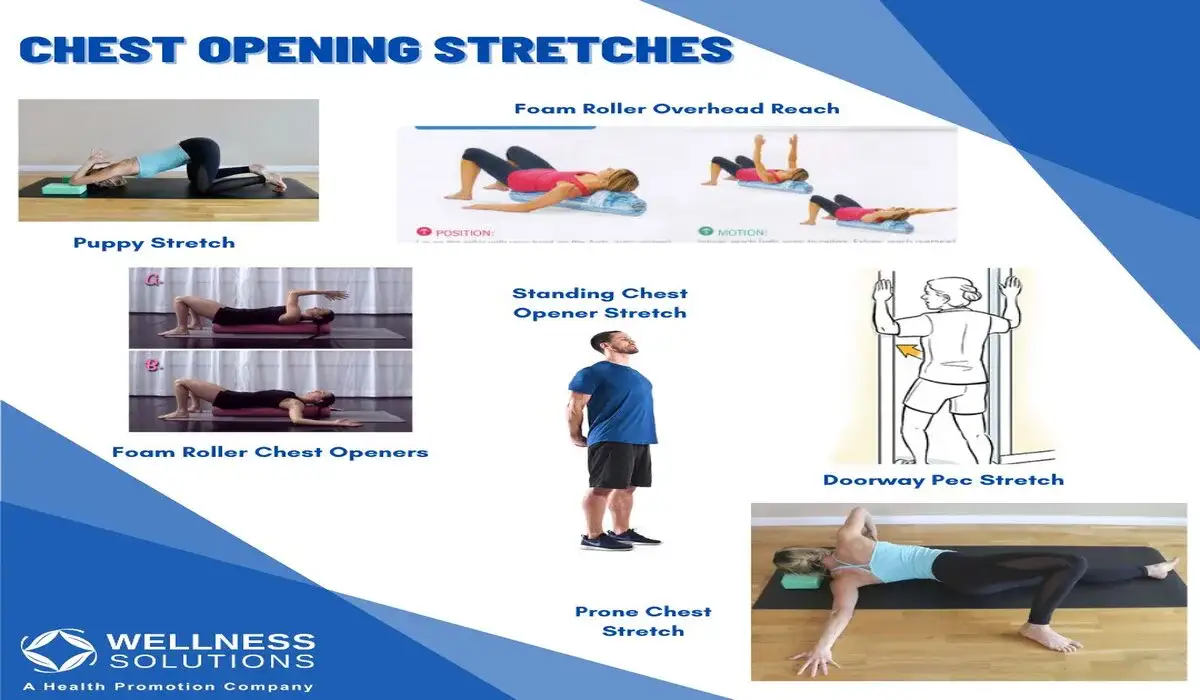
Stand tall and clasp your hands behind your back. Straighten your arms and lift them while keeping your chest open and your shoulders relaxed. Hold this stretch for 15-30 seconds, feeling a gentle stretch across your chest and shoulders.
Upper Back Stretch
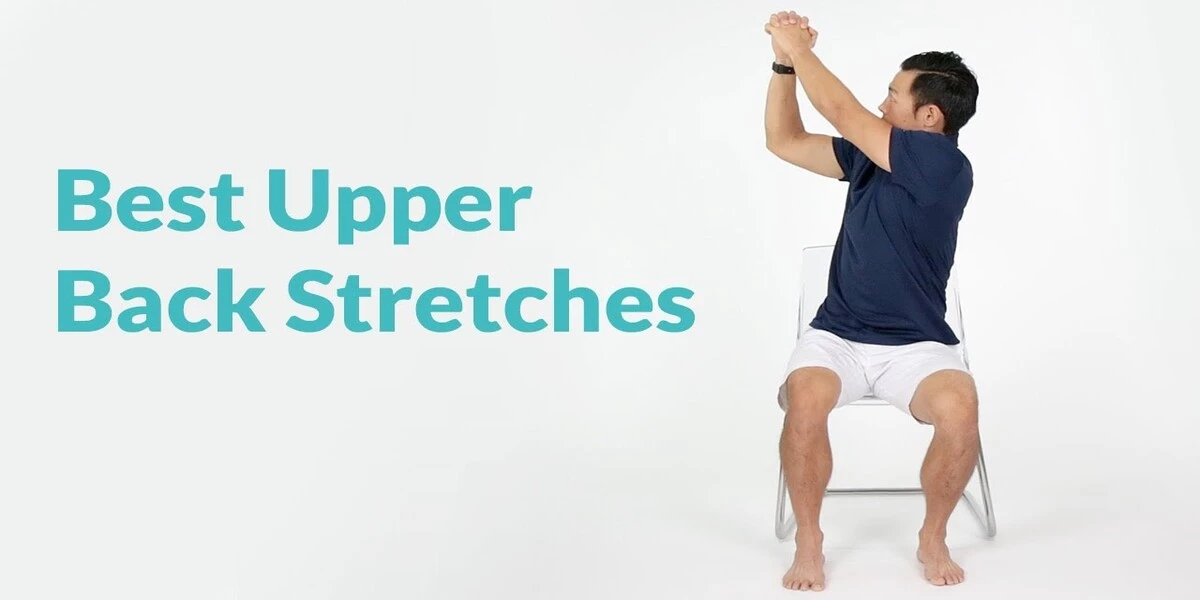
Sit on a chair and interlace your fingers in front of you. Push your palms away from your body, rounding your upper back and feeling a stretch between your shoulder blades. Hold this position for 15-30 seconds and repeat as needed.
Lower Body Stretches
Hip Flexor Stretch
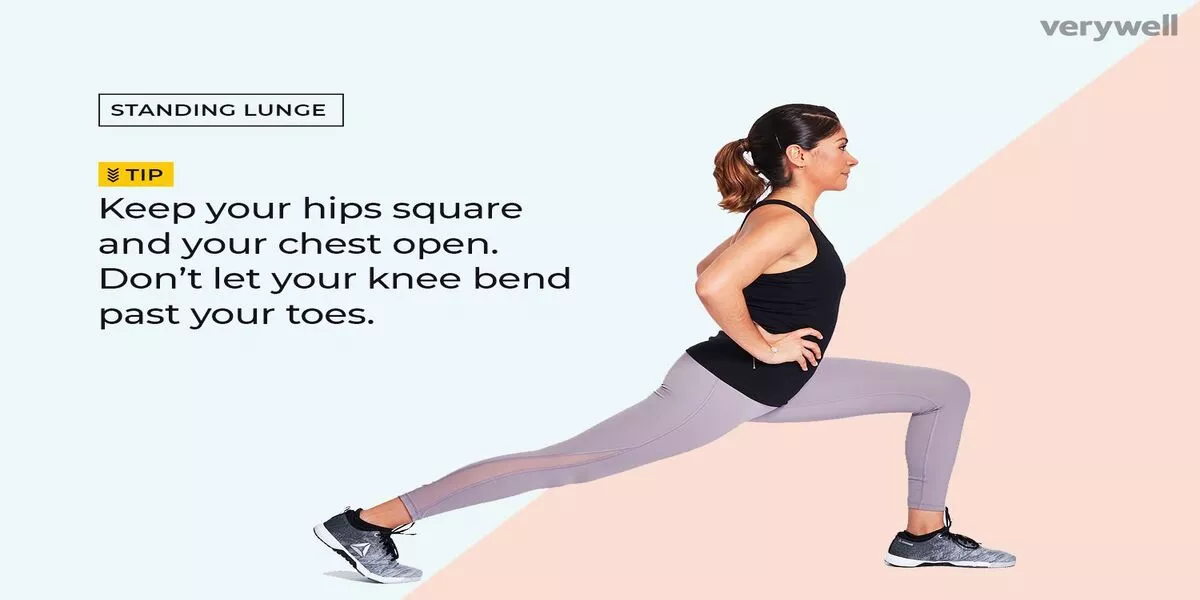
Start in a lunge position with one knee on the ground. Gently push your hips forward until you feel a stretch in the front of your hip. Hold for 15-30 seconds and switch sides.
Hamstring Stretch
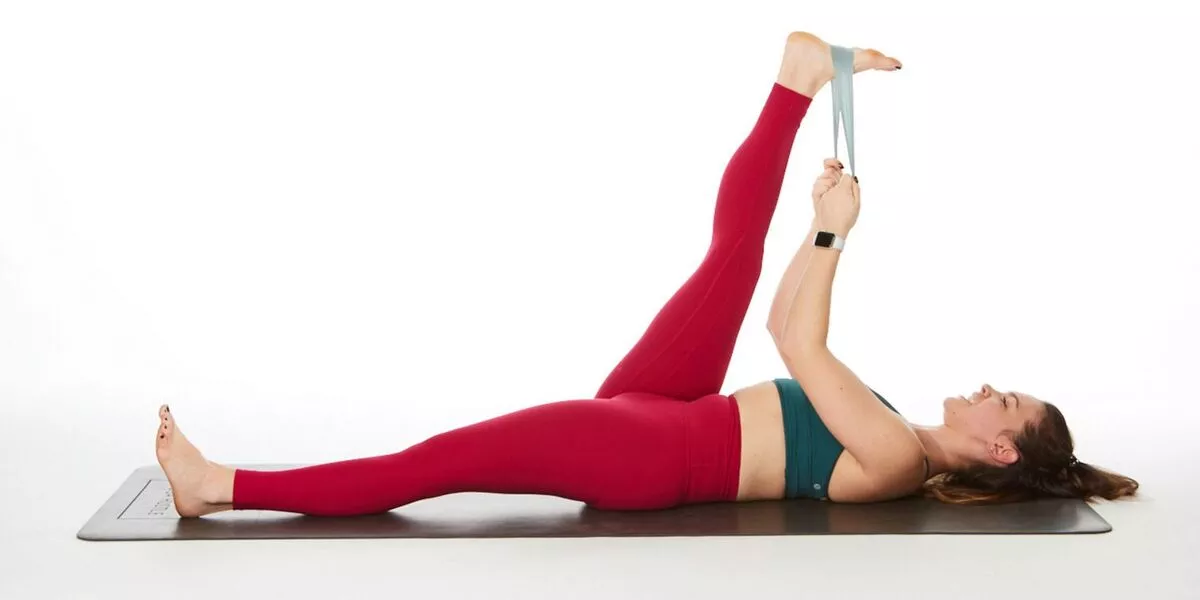
Sit on the edge of a chair and extend one leg straight in front of you. Lean forward from your hips, reaching towards your toes while keeping your back straight. Hold for 15-30 seconds and repeat with the other leg.
Quadriceps Stretch
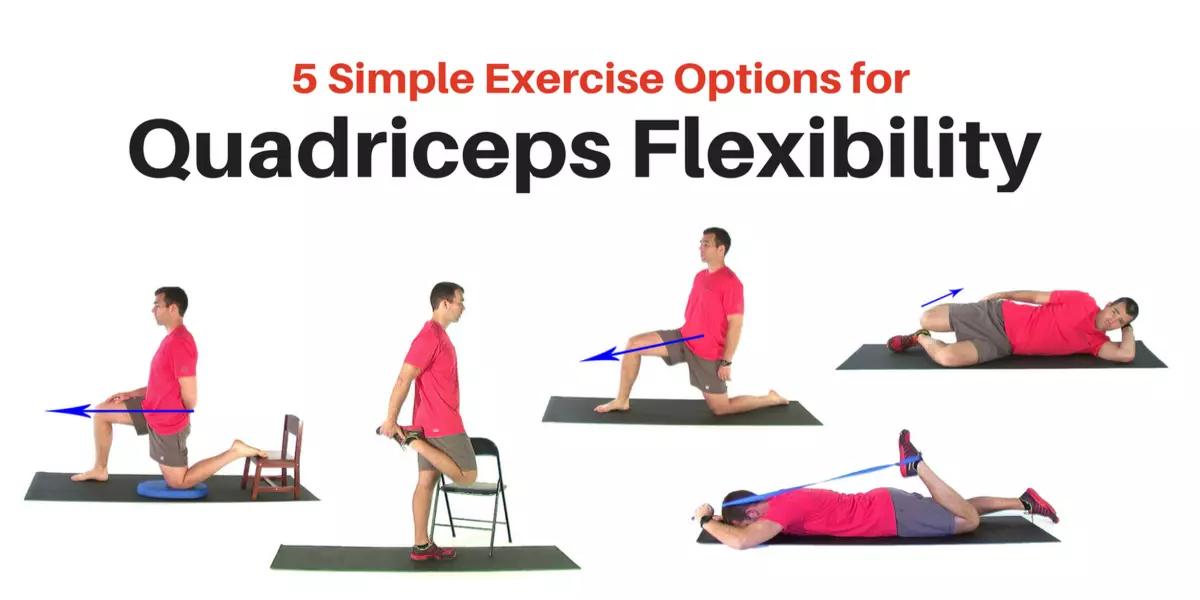
Stand tall and grab one ankle, bringing your heel towards your glutes. Maintain your balance by keeping your knees close together. Hold for 15-30 seconds and switch sides.
Calf Stretch
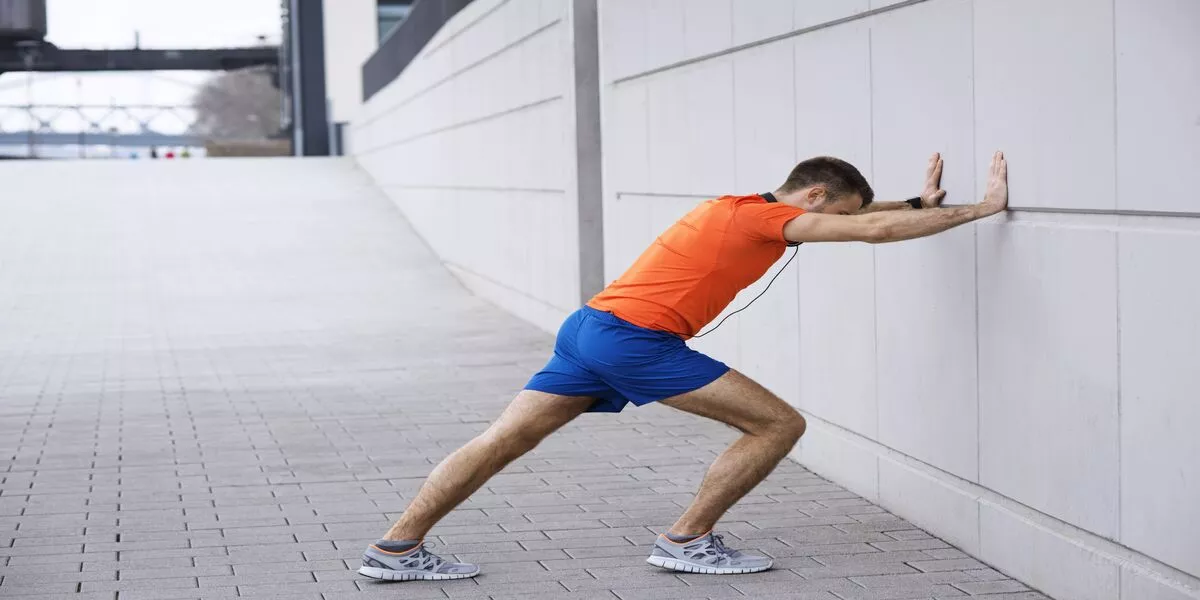
Stand facing a wall and place your hands on it for support. Step one leg back, keeping it straight, and press the heel into the floor. You should feel a stretch in your calf muscle. Hold for 15-30 seconds and repeat with the other leg.
Core Stretches
Cat-Cow Stretch
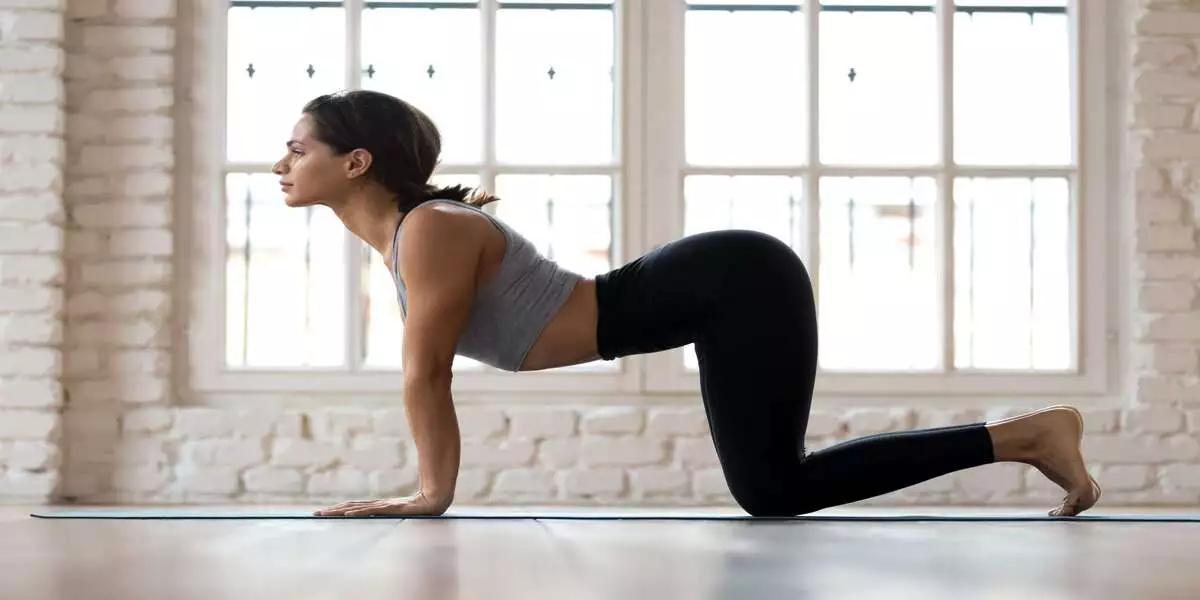
Begin on all fours with your hands beneath your shoulders and knees beneath your hips. Arch your back up towards the ceiling while tucking your chin to your chest (cat pose).
Then, drop your belly towards the floor, lift your chest and gaze forward (cow pose). Repeat this flow for 5-10 cycles.
Child’s Pose

Kneel on the floor, bringing your big toes together and sitting back on your heels. Extend your arms forward and lower your torso, resting it on your thighs. Relax and breathe deeply in this position for 30-60 seconds.
Spinal Twist
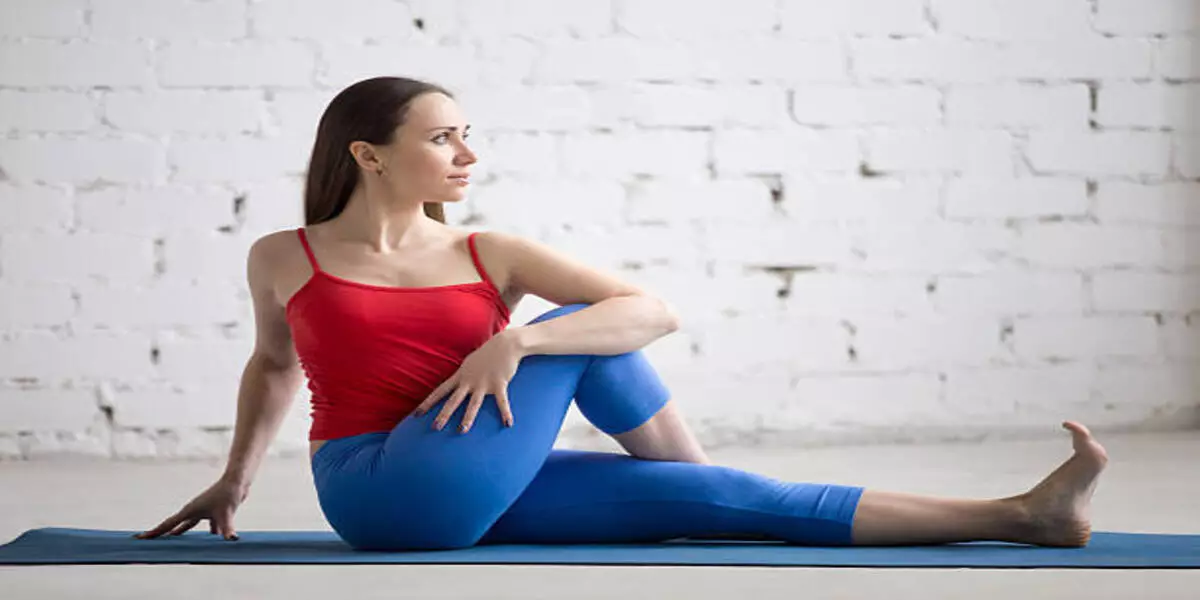
Lie on your back and bring your knees towards your chest. Extend your arms to the sides in a T position. Slowly drop both knees to one side while keeping your shoulders grounded. Hold for 15-30 seconds and repeat on the other side.
Whole-Body Stretches
Downward Facing Dog

Start on all fours and lift your knees off the ground while straightening your legs. Push your hips up and back, forming an inverted “V” shape with your body.
Press your palms firmly into the ground and allow your head to relax between your arms. Hold for 30-60 seconds, feeling a stretch throughout your body.
Standing Forward Fold
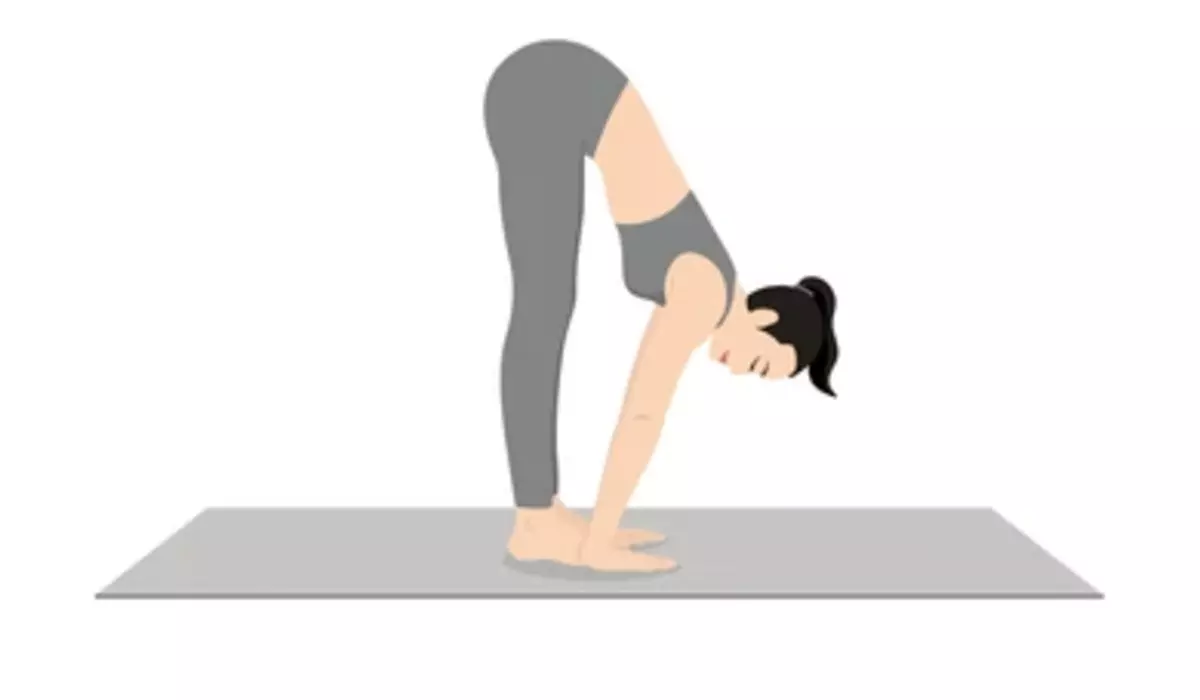
Stand with your feet hip-width apart and fold forward from your hips, reaching towards your toes or ankles. Allow your head and neck to relax.
If possible, bend your knees slightly to accommodate any tightness in your hamstrings. Hold for 15-30 seconds and gradually straighten your legs as your flexibility improves.
Full Body Stretch
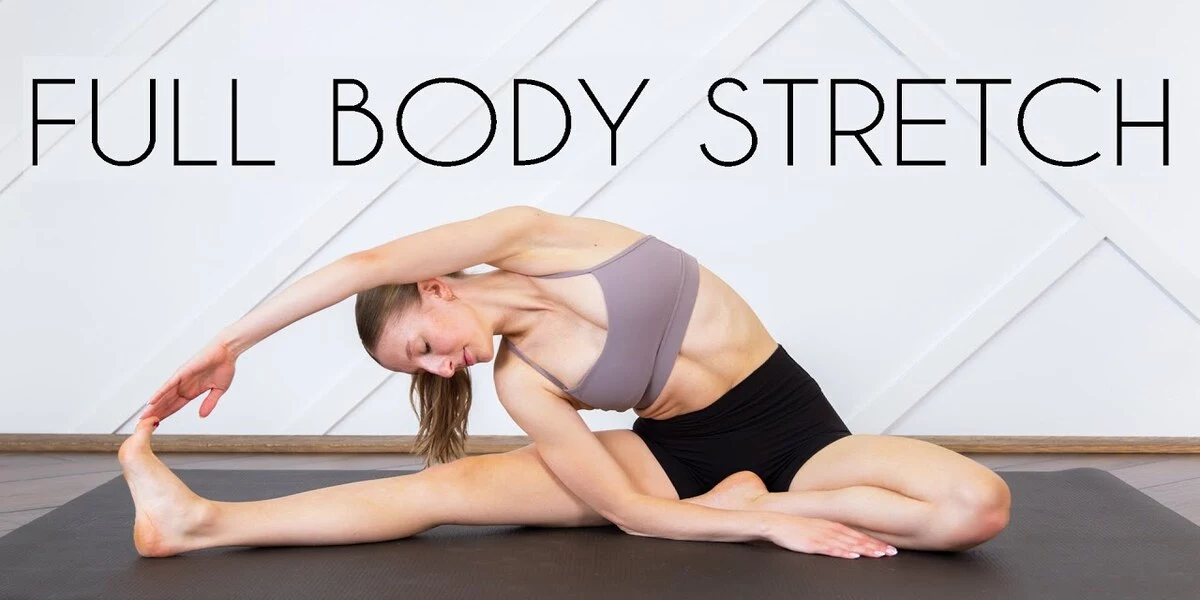
Stand tall with your arms extended overhead. Interlace your fingers and press your palms towards the ceiling.
Reach up and lengthen your entire body, feeling a gentle stretch from your fingertips to your toes. Hold for 15-30 seconds and release.
Incorporating Stretches into Your Routine
To make the most of these stretches and alleviate full-body aches and pains effectively, consider the following tips:
- Perform these stretches at least three times a week.
- Start with a gentle warm-up before stretching.
- Hold each stretch for 15-30 seconds, focusing on deep breathing.
- Combine stretches from different muscle groups to achieve a whole-body approach.
- Listen to your body and modify stretches as needed.
- Be consistent with your stretching routine to experience long-term benefits.
Conclusion
Adopting a whole-body approach to stretching can be a game-changer when it comes to alleviating full-body aches and pains.
By incorporating a variety of stretches that target different muscle groups, you can enhance flexibility, release tension, and promote overall well-being.
Remember to start slowly, listen to your body, and be consistent with your routine. With dedication and regular practice, you can find relief from full-body discomfort and enjoy a more comfortable and pain-free life.



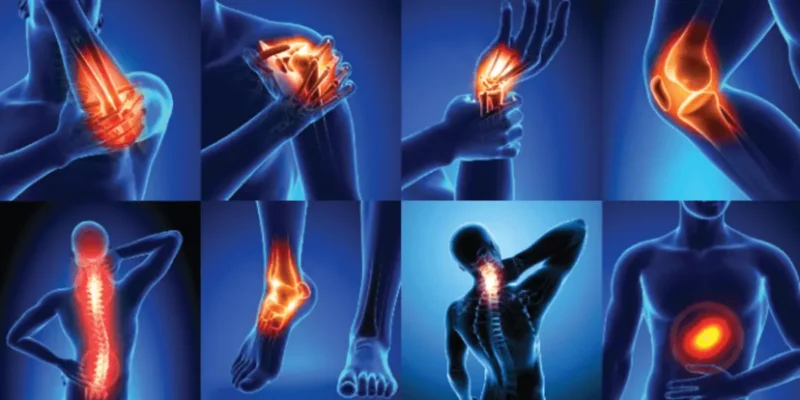
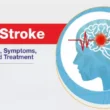

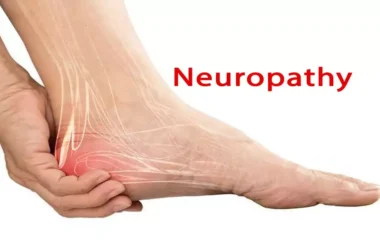
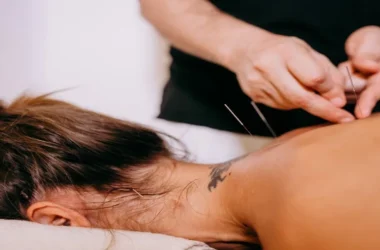

Useful article, thank you. Top article, very helpful.
This routine of Whole body approach: stretches to alleviate full -body aches and pains, was very helpful and easy to follow Thank you 😊 I hope more people like it and enjoy it 👏